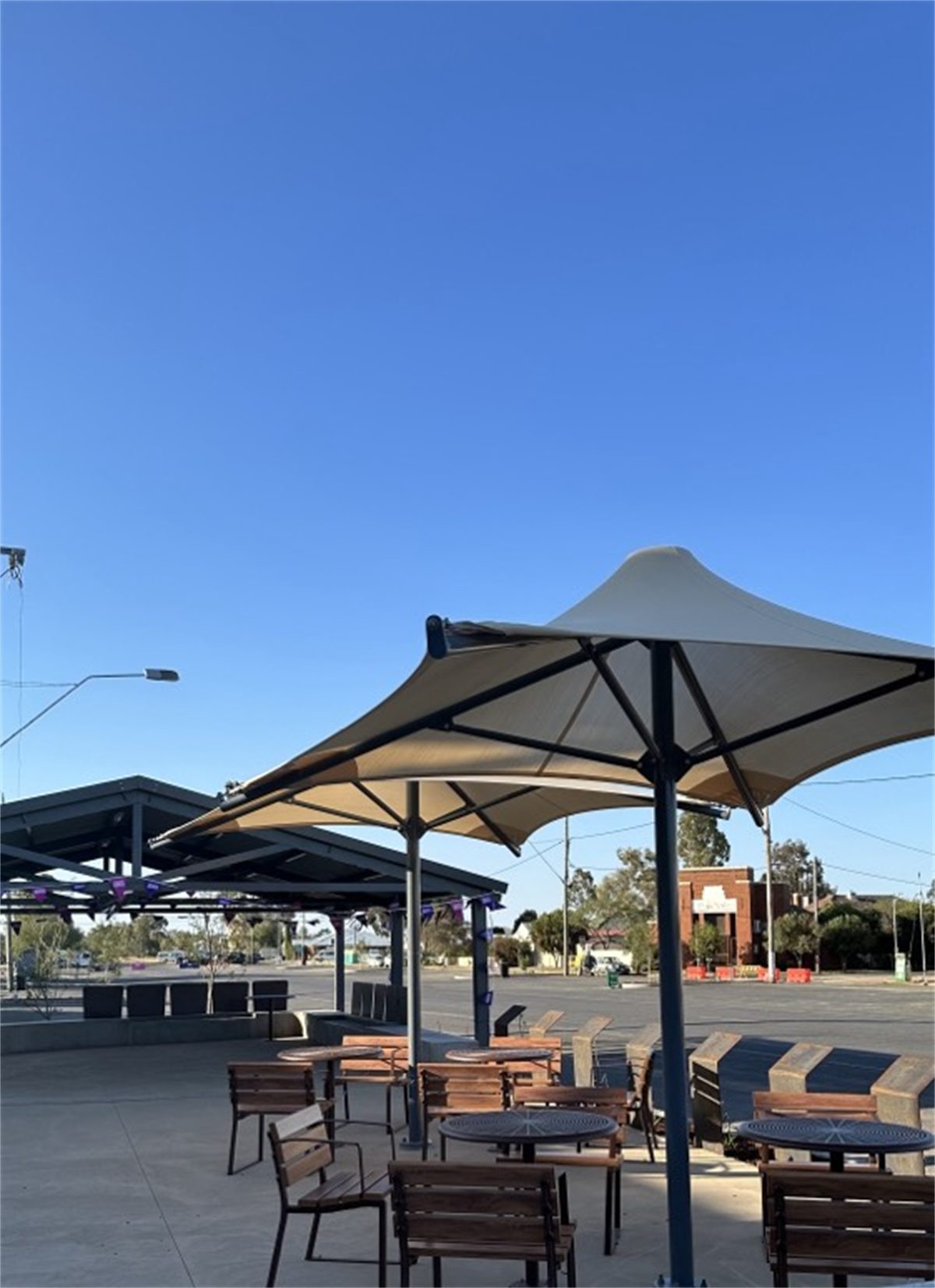The fire was ‘contained’ by Fire and Emergency New Zealand after four days but continues to be closely monitored.
280 hectares of land burned within a 7.1 km perimeter – a mix of private, retired and Department of Conservation (DOC) land. Exact figures for the percentage of DOC land affected are still being investigated.
“Miraculously, Diamond Lake and The Rocky Summit Track were untouched,” says Nikki Holmes, Pou Matarautaki DOC Operations Manager Central Otago.
Diamond Lake is heavily used by the public for short walks and rock climbing. “It is a really special track, literally hand built, initially by Stuart Landsborough of Puzzling World fame, and later by DOC. It has immense importance to local people and visitors.”
Most of the damage to DOC land appears to be to Hospital Flat and Glendhu Bluffs, areas which were retired to DOC by the Macrae family, whose neighbouring Glendhu Station also suffered loss due to the fire.
“The greatest impact of this fire is likely the loss of mature lowland forest in a region where examples of this forest type are rare,” says Nikki.
“These conservation areas give public access to a lowland forest ecosystem in a region dominated by beech forest or drylands/grasslands.”
At this stage, DOC staff have not been able to undertake a survey of vegetation lost in the fire, nor determine the ongoing ecological impact the fire may have.
“Many of the plants present were mature, so regaining the same condition would take many years. We are not aware of any threatened native fauna in the fire area, but we know it has been a habitat for bird species such as fantail/piwakawaka, grey warblers, bellbird/korimako, pipits and introduced species like sparrows, skylarks and blackbirds. The rocky areas combined with grassland and shrubland habitat likely provided habitat for common skink and gecko species.”
An investigation will be carried out by an ecologist once it’s safe to access the land.
“We would like to acknowledge the incredible efforts of Fire and Emergency New Zealand, helicopter operators, fire volunteers, and DOC staff, neighbouring landowners who allowed us to use their paddock as a heli pad, locals who dropped off food and beverages for the fire fighters, and everyone behind the scenes who helped out – Ngā mihi nui, thank you,” says Nikki.
The cause of the Emerald Bay fire is being investigated by a Fire and Emergency investigator, and at the time of writing is yet to be determined.
Background information
Meet the Locals: Diamond Lake – YouTube video about the formation of Diamond Lake walking track by Stuart Landsborough.
Glendhu Bluff Conservation Area
The Glendhu Bluff Conservation Area, Diamond Lake Conservation Area and Hospital Flat Conservation Area collectively cover 237 ha located between the Motutapu and Matukituki Rivers, and Glendhu Bay (Lake Wānaka). Mt Aspiring Road passes through the land giving access for the public to recreational activities in the upper Matakitaki valley, including Treble Cone skifield, and provides access to large farms.
The land was formed by glacial activity, and this origin shows in features like small lakes and wetlands, roche moutonee, steep hillsides and alluvial flats adjacent to the rivers. Diamond Lake is the largest of the small lakes.
The last detailed survey of the land designated to become conservation land was undertaken as part of the Glendhu Station tenure review process.
Fauna
DOC is not aware of any threatened native fauna in the fire area. The area provided habitat for bird species such as fantail/piwakawaka, grey warblers, bellbird/korimako, pipits and introduced species like sparrows, skylarks and blackbirds. The rocky areas combined with grassland and shrubland habitat likely provided habitat for common skink and gecko species.
Limited surveys of invertebrates have been undertaken but a range of native invertebrates would likely be present. Shrublands like this elsewhere support a variety of species including moths, beetles, spiders and worms.
Flora
Areas of diverse native bush were identified as being worth protection as conservation areas during tenure review of the former Glendhu Station.
The two main forested areas are around Glendhu Bluffs and the bluffs around Diamond Lake, above Hospital Flat. These forests are predominantly kohuhu (Pittosporum tenuifolium), broadleaf (Griselinia littoralis) and wineberry (Aristotelia serrata). In the deeper gullies, some of these trees reached 10 m high.
Other species present include marbleleaf (Carpodetus serratus), mahoe (Melicytus ramiflorus) and tree fuschsia (Fuchsia excorticata). Patches of mature kowhai (Kowhai microphylla) grow on bluff areas. Matai (Prumnopitys taxifolia) were known to grow within the broadleaf forest, as were the rare Olearia hectorii (tree daisy).
Understorey species known to be present include Coprosma spp., koromiko (Veronica salicifolia), cabbage trees (Cordyline australis), flax (Phormium cookianum) and some lancewoods (Pseudopanax crassifolius).






